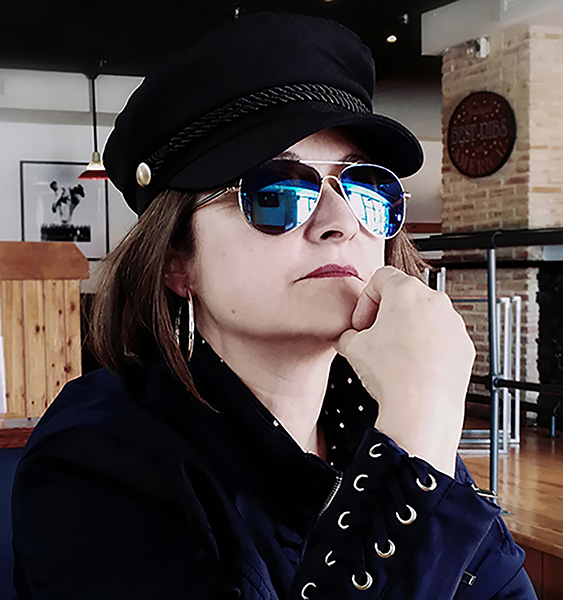Spanish photographer and cinematographer born in Madrid 1958, Candy Campesino lives and works in Madrid. She is a member of the global community Women Street Photographers and a member of DOCMA Documentary Filmmakers Association.
"The first time I saw the black and white image appear in the developer tank, I knew that photographing was what I wanted to do for a lifetime. Photography helps me discover the world around me, to know better myself and to express myself. With which I manage to unite two of my passions, photography and traveling. My professional career begins as a graphic reporter under the signature of Hidalgo-Lopesino photographers collaborating with the Incafo publishing house and in collaboration with the UNESCO it realizes articles for the collection of books 'The Heritage of the Humanity' in Mexico, Bulgaria, Tunis, Portugal, Italy, Great Britain, Spain, France, Panama…
I have collaborated with others magazines: GEO Spain, GEO Japan, Viajes National Geographic, Traveler, Volta ao Mundo, Saveur Magazine New York, Rutas del Mundo, Península, Descubrir, Altaïr… There was a first photography exhibition that made a huge impact on me. They were the portraits that Edward Sheriff Curtis had made of the North American Indians and to which he had dedicated 30 years of his life. The portraits were impressive, and the time spent on the project blew me away. I left the showroom wanting to do a long-term personal project. This is how I start my personal project 'The Iberians' in which I have been working for the first two decades of the 21st century and in which I continue to photographing. "
The Iberian:
The Iberian Peninsula is a geographical concept formed by Spain and Portugal, two geographically united countries but separately by an invisible border.
THE IBERIANS is an essay about my travels through this territory visually narrating the things that happen while wandering around Iberia, how to write in a sketchbook.
The knowledge of a specific territory gives depth and meaning to my project, that is why my work is a continuous journey through Spain and Portugal. They are places where I explore the concepts of territory, border, light, memory and identity through the observation of the other.
In The Iberians I rediscover the common places, their people, their culture, their realities circumscribed to geography, in short, I explore the human condition.
